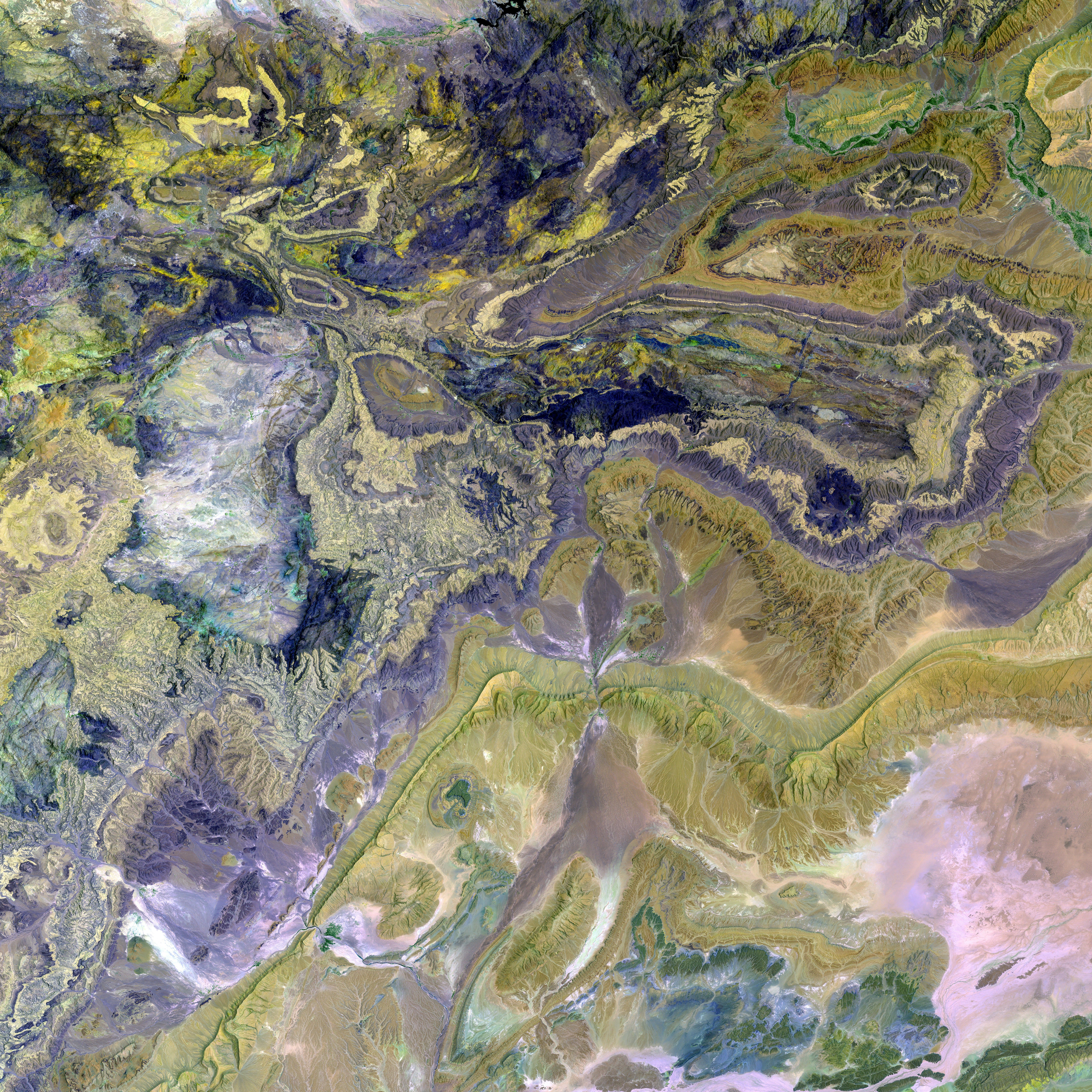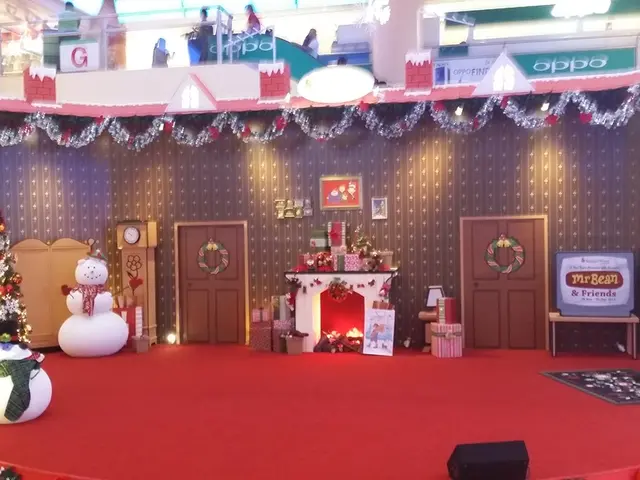Over 600 melodious songwriting inspirations tailored for high school music enthusiasts
Explore Fresh Music-Making Opportunities with the Disquiet Junto Project
If you're a high school music educator looking to spark creativity and excitement in your students, the Disquiet Junto Project might be just what you need. Since 2012, Marc Weidenbaum of Disquiet.com has curated over 600 challenging music composition prompts, pushing musicians to explore new territories and escape their comfort zones.
These prompts are far from typical songwriting exercises. They encourage experimentation with sound design, random melodies, chance operations, and environmental influences in compositions, providing a unique opportunity to foster creative resilience among students at various skill levels.
This platform is especially beneficial for music teachers who teach songwriting, digital music production using tools like Garageband, Soundtrap, or Bandlab, or general music classes. The weekly challenges serve as low-pressure, engaging activities that can boost creativity, no matter the students' abilities.
So, what is the Disquiet Junto Project?
Launched in 2012 as a weekly experimental music challenge, the Disquiet Junto presents a new prompt every Thursday. Musicians then have a few days to compose and share their responses, culminating in an extensive archive of 600+ unique songwriting ideas.
The prompts vary widely, ranging from using non-musical sounds to imposing strict limitations on melody and harmony. Over the years, they have helped publish an impressive collection of creative challenges, all freely accessible for exploration.
Educators can utilize these challenges as classroom assignments, warm-ups, or extra credit opportunities. Here are ten standout prompts from the Disquiet Junto archive, along with ideas for incorporating them into your curriculum:
- "Ice Cubes in a Glass"Prompt: Create music inspired by the sound of ice cubes clinking in a glass.Classroom Use: Ideal for teaching minimalism and texture in music. Encourage students to record or simulate ice sounds, using them as a rhythmic or percussive element in their compositions.
- "Adding Sounds to Everyday Life"Prompt: Compose music that interacts with an everyday sound.Classroom Use: An effective film scoring or sound design exercise. Let students use ambient classroom noises as a base layer, adding music that complements or contrasts with it.
- "Sandpaper and Dice"Prompt: Create music with distinct background and foreground elements.Classroom Use: A great introduction to arrangement and layering. Assign students different roles to create background textures while others write melodies or rhythmic foreground elements.
- "Make 5 Varied Doorbell Rings"Prompt: Compose 5 distinct doorbell chimes.Classroom Use: A fun sound design challenge that introduces musical cues. Have students compose 5 short melodic patterns with different emotional tones (welcoming, ominous, playful, elegant, etc.).
- "Compose Something Peaceful to Wake Up To"Prompt: Design a quiet, peaceful, and refreshing piece of music meant for waking up.Classroom Use: Explore tempo, dynamics, and harmonic choices. Have students analyze what makes music peaceful and apply those techniques in their compositions.
- "Make Music from Two Animal Sounds"Prompt: Develop music from samples of two different animals.Classroom Use: Introduce students to sampling and digital music techniques. Encourage them to manipulate recorded animal sounds to create rhythmic or melodic patterns.
- "Let Something Go Out of Tune"Prompt: Create a piece where an element gradually goes out of tune.Classroom Use: Investigate microtonality and dissonance. Students can experiment with detuning a single instrument or voice over time and analyze the emotional impact.
- "Compose with as Much Silence as Notes"Prompt: Write music with silence as an essential part.Classroom Use: Explore negative space in music. Analyze composers like John Cage or Miles Davis before composing their own sparse pieces.
- "Music for Turn Signals"Prompt: Create music to accompany a car's turn signal rhythm.Classroom Use: Encourage rhythmic creativity. Students can compose short loops in various time signatures that sync with a turn signal's steady pulse.
- "Unring a Bell"Prompt: Compose music that explores reversing or undoing a sound.Classroom Use: Engage students in audio manipulation. Students can use digital tools to reverse recordings or gradually fade elements to create an "unringing" effect.
These prompts encourage creative thinking, are adaptable to all skill levels, integrate technology, and provide opportunities for cross-curricular connections.
In need of more assistance? The Midnight Music Community is here to help music teachers with tech-focused professional development. Sign up today to access expert music technology advice and resources!
The Disquiet Junto archive can be assigned as full projects, quick warm-ups, or extra credit opportunities. Give it a try in your classroom, and see which prompts your students enjoy the most!
- High school music educators seeking to stimulate creativity in their students might find the Disquiet Junto Project useful, as it offers challenging music composition prompts designed to push musicians beyond their comfort zones.
- These prompts encompass a wide range of topics, including sound design, random melodies, chance operations, and environmental influences, making them ideal for fostering creative resilience among students at various skill levels.
- The Disquiet Junto Project, launched in 2012 as a weekly experimental music challenge, provides an extensive archive of over 600 unique songwriting ideas for educators to utilize as classroom assignments or warm-ups.
- One standout prompt from the Disquiet Junto archive is "Ice Cubes in a Glass," which encourages students to record or simulate ice sounds and use them as rhythmic or percussive elements in their compositions, thus teaching minimalism and texture in music.
- Another notable prompt is "Compose with as Much Silence as Notes," which asks students to explore negative space in music and analyze composers like John Cage or Miles Davis before composing their own sparse pieces.
- Incorporating the Disquiet Junto Project into a music education curriculum could also involve using prompts to teach sound design and digital music production, especially considering tools like Garageband, Soundtrap, or Bandlab.
- For example, the "Make 5 Varied Doorbell Rings" prompt could introduce students to sampling and digital music techniques, encouraging them to manipulate recorded animal sounds to create rhythmic or melodic patterns.
- The Disquiet Junto Project's prompts offer low-pressure, engaging activities that cater to various skill levels and can boost creativity, making them suitable for songwriting, digital music production, or general music classes.
- The Midnight Music Community offers professional development resources for music teachers looking to enhance their technology skills, with a focus on music education, home-and-garden lifestyle, entertainment, and audio technologies.
- By experimenting with the Disquiet Junto Project prompts and the Midnight Music Community resources, music educators can take full advantage of innovative music-making opportunities, enhancing their teaching methods and rekindling students' enthusiasm for music.








